We plan our travels based on our current moods, necessities, and cultural happenings trying to take in as much of our beautiful planet as possible, but never does it come to mind that these gorgeous landscapes could one day disappear entirely. We’ve put together iconic travel experiences that climate change is going to wipe off the map, so see them while you can, and perhaps do something a little different every day to help conserve—use less water, create less waste, and maybe even walk to work.
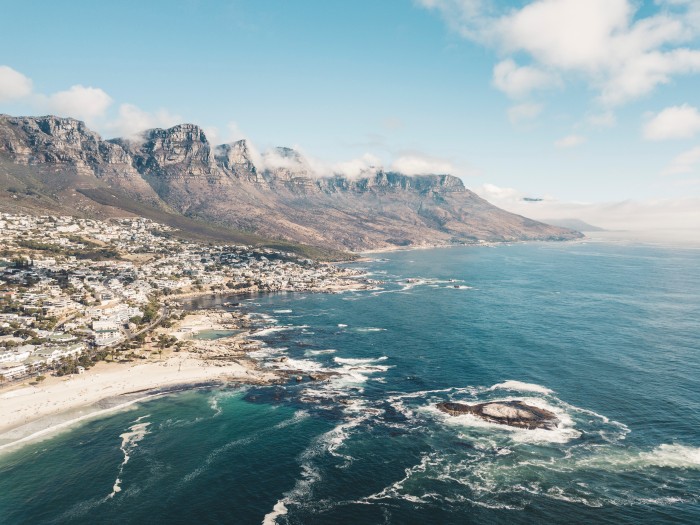
(John O’Nolan)
Cape Town, South Africa
Best if you like: hiking and beaches
Cape Town is the perfect confluence of cultures resting under the crown of Table Mountain. The scenery is breathtaking, and you’ll never be without something to do. Although on the surface, Cape Town is a seemingly picturesque coastal town, the city has faced recurrent and severe drought for years. Scientists have concluded that human-caused global warming not only made the most recent drought three-times worse but is also increasing the frequency of droughts in the area. In July of 2018, the city came close to ‘Day Zero’ when the taps would be turned off, but luckily huge efforts from the citizens to curb consumption averted such an emergency measure. The earth has warmed 34°F since the industrial age began, however, It is predicted that if the earth warms another 34°F, severe drought like this would occur roughly once every 33 years, instead of once every 100 years. Severe droughts will have harsh affects the economy and the natural beauty of the region.
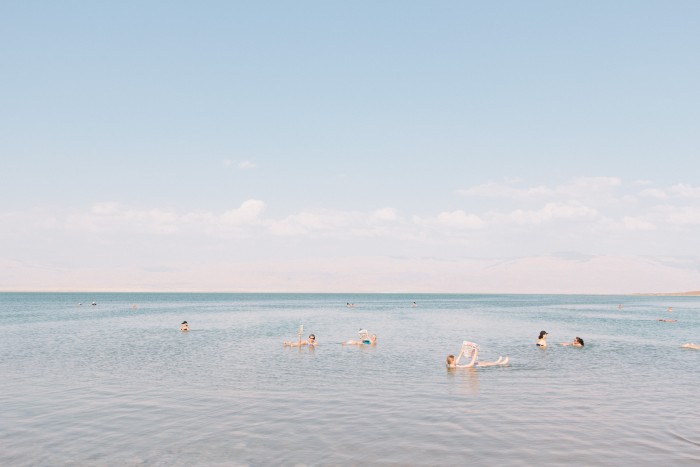
(Rob Bye)
The Dead Sea
Best if you like: relaxing and natural healing
So salty that visitors enjoy a peaceful float atop its waters, the Dead Sea is a relaxing spot to enjoy soothing mineral spas and natural beauty. But the lake has shrunk by over a third since the development of the region began 40 years ago. The impact of this shrinkage is exacerbated by sinkholes that have appeared in receded areas and erosion from mineral extraction by cosmetic companies. A study that found evidence of extreme drought 10,000 and 12,000 years ago warns that a likewise devastating drought could be on the horizon, worse than any in recorded history.
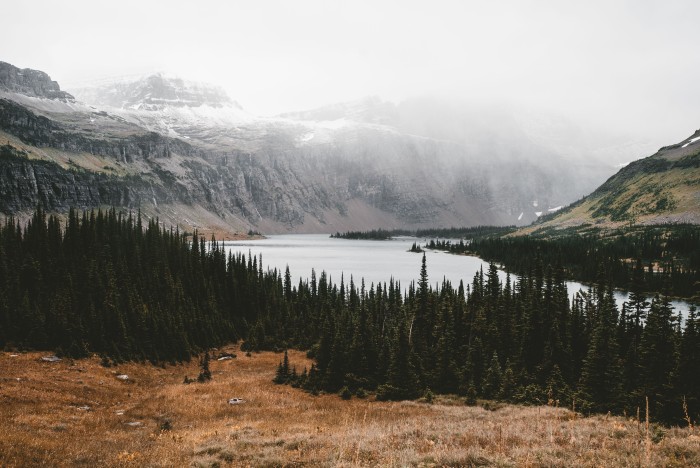
(Andy McCune)
Glacier National Park, Montana
Best if you like: outdoor adventures
Covering over a million acres in northern Montana, Glacier National Park is a beautiful wilderness wonderland that will win every adventurer’s heart. The park once boasted over 150 glaciers, but due to global warming, the large majority have melted and the park now has fewer than 25. Now, a report by the U.S. Geological Survey says that number could shrink to zero before 2080. Such a dramatic change in the landscape would have a ripple effect on flora and fauna in the park. Entire ecosystems will be altered.
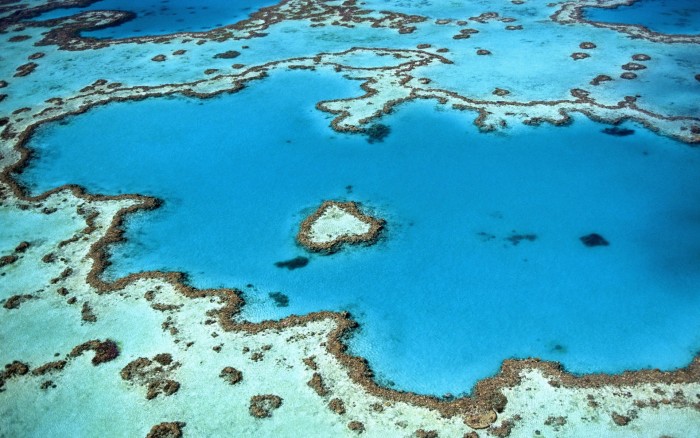
(Yanguang Lan)
The Great Barrier Reef, Australia
Best if you like: snorkeling and wildlife
Covering over 130,000 square miles and spanning over 1,400 miles, the Great Barrier Reef is the largest coral reef system in the world. Listed as one of the seven natural wonders, its beauty is unparalleled. The reef is responsible for sustaining a large ecosystem of marine life. However, rising ocean temperatures have caused coral bleaching, when the coral expels symbiotic algae living in its tissues, leaving them completely white and susceptible to mass death. The ARC Center of Excellence for Coral Reef Studies found that 93% of the Great Barrier Reef has experience bleaching to some degree. If the temperatures continue to rise, the entire reef will cease to exist.
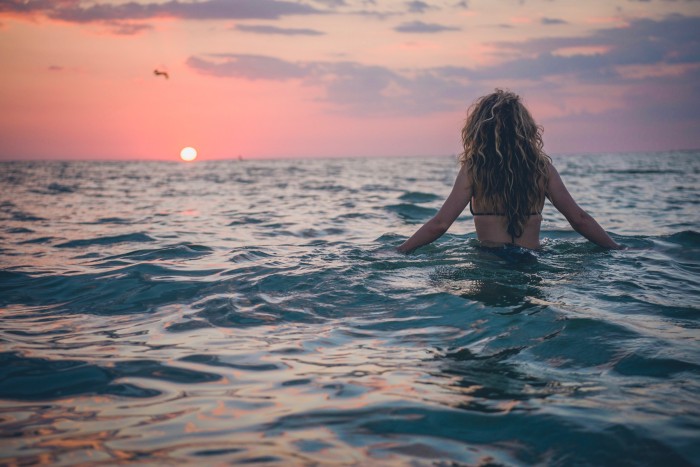
(Luke Dahlgran)
Key West, Florida
Best if you like : beach towns
Secluded from other large cities in Florida, Key West is an eccentric frontier town with an eclectic history. The Florida Keys curve away from the tip of the state in a series of tiny islands that have been fully inhabited for only 150 years. Locals used rainwater until 1940 when drinking water began being piped to the islands. The islands are a fragile ecosystem surrounded by the only living barrier reef in the continental United States. However, the frequency and duration of tidal flooding are expected to increase over the next 30 years causing damage to ecology, infrastructure, and the economy. Estimates by the Army Corps of Engineers stated that in the same time period, sea levels in the area will rise by up to 15 inches, submerging much of the city.
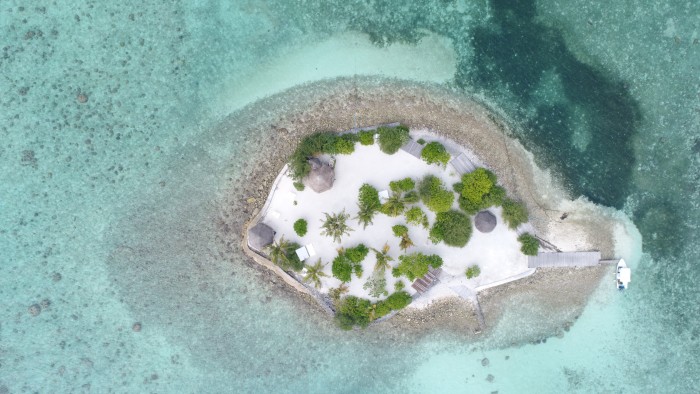
(Haaish Umair)
The Maldives
Best if you like: resorts
The Maldives are perfect for the jet setter seeking a luxurious island escape. With hundreds of resorts to choose from, any traveler can get their perfect vacation. However, this nation is fighting a combination of threats that other locals on this list are facing; the Maldives are in a critical time. The nation of nearly 1200 islands is endangered by rising sea levels and bleaching of its coral reefs. With 80 percent of the atolls at less than 3.2 feet above sea level, the Maldives is the lowest lying country on earth. The rising water levels of 4 to 39 inches by 2100 could submerge 75 percent of the Maldives, forcing the locals to emigrate from their home country.
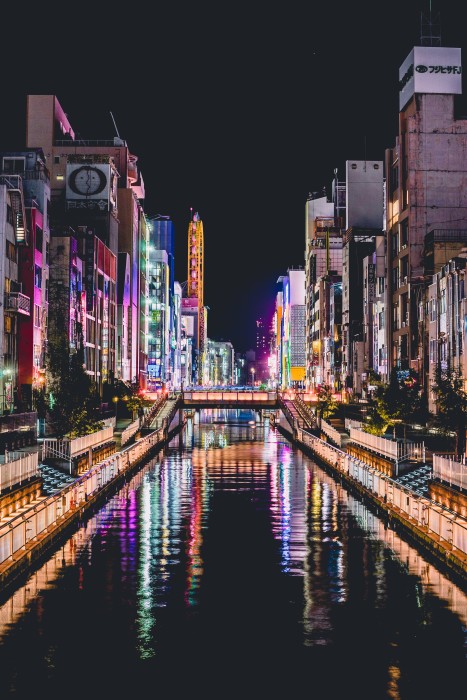
(Redd Angelo)
Osaka, Japan
Best if you like: food and nightlife
Osaka has been an economic and commercial center of Japan for hundreds of years, boasting thousands of retail shops and restaurants. In particular, the city is known for its delicious dishes like okonomiyaki (savory pancake) and taiko manju (sweet baked pastry with bean paste in the center). But as global warming causes sea levels in the area to rise 70% faster than the global average, more than 2.5 million people living in Osaka are at risk for coastal flooding. Sea level rise of just three feet would put 4.1 million more people at risk and flood 900 square miles of land in major cities. The effects are very real in Japan. In 2005 a typhoon made Osaka was one of the world’s port cities most exposed to coastal flooding and water damage with a total of $240 million of damages done.
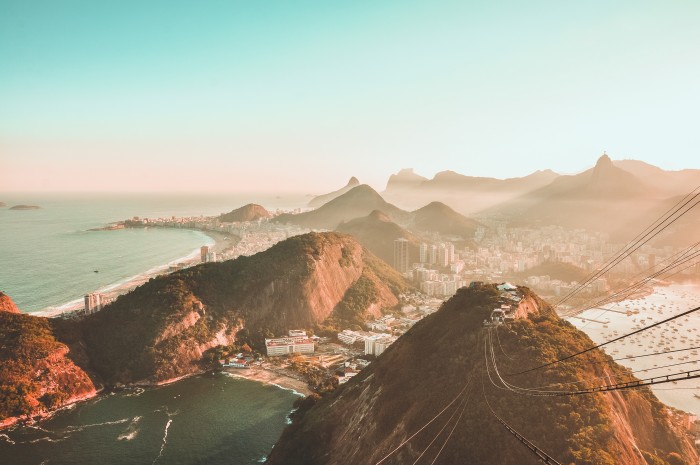
(Harshil Gudka)
Rio de Janeiro, Brazil
Best if you like: beaches and architecture
Strolling the streets of Rio de Janeiro immersed in Art Deco architecture, you’ll no doubt notice that everything here exudes an artistic flair. From The Niterói Contemporary Art Museum to Sitio Roberto Burle Marx, you can find beautifully preserved examples of modern architecture. When you’re done in the city, the beaches are just a hop, skip, and a jump away to cool off. As Brazil’s second largest city, Rio de Janeiro is a huge ‘urban heat island,’ or a metropolitan area that is significantly warmer than surrounding areas. Rio’s ground temperature clocks in at as much as 68°F warmer than in less developed surrounding areas. In the past decade, the city has seen an increase in average temperature of 40 to 43°F. This is largely due to increased development and population that adds to the urban heat island effect but is also affected by the city’s location between two mountains. Increasing temperatures not only make the city nearly unbearable for humans, but have dangerous effects on the ecology as well. Luckily, the city is working on efforts to offset the urban heat island effect by painting roofs white and planting more than 120,000 new saplings; though more drastic measures will have to be taken to combat the issue as the city center continues to grow.
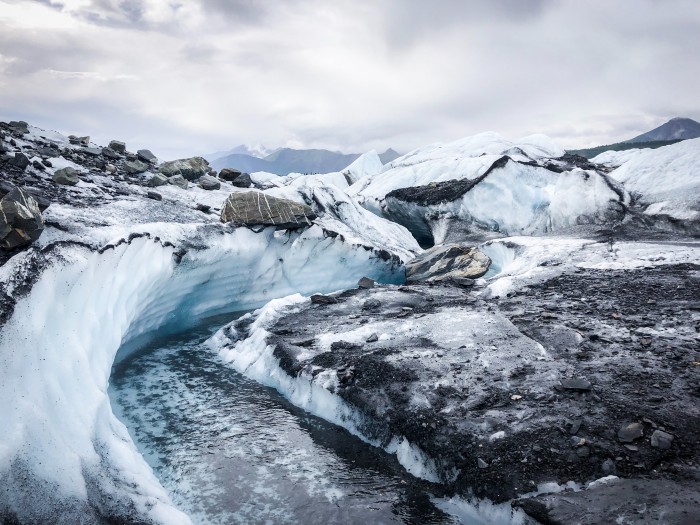
(Payton Ferris)
The Alps
Best if you like: skiing and relaxation
The European Alps stretch across eight countries, providing some of the best skiing in the world. However, increasing temperatures are causing significant snowmelt and shorter seasons for winter sports. Over the past 120 years, the temperature in the Alps has raised 35.6°F, almost twice as much as the global average. Researchers also predict another 35.6°C increase over the next 40 years. While the economic effects of a shorter ski season are definitely felt across the Alps, the global warming in this area will also cause mudslides and landslides which could dramatically change the landscape. In order to compensate for fewer ski days, resorts are beginning to offer different amenities like spa treatments and other outdoor activities.
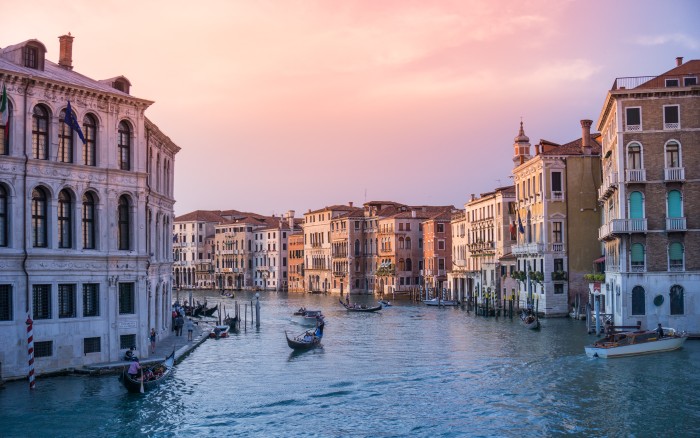
(Rebe Adelaida)
Venice, Italy
Best if you like: art and architecture history
Venice was a bustling commerce center during the Renaissance and was the first international financial center. Creators and inventors from all over the world met here and the result is a culture of craft and art that runs deep. Known for its canals and old-world European beautiful, the city of Venice is poised on a series of islands and has been combating sea level rise for all of its existence—the acceleration could be devastating for the city. A center of culture and commerce for thousands of years, Venice is forecast to be flooded by sea level rise of 55 inches before the end of the century. The loss of land will have huge tolls on the environment and local infrastructures.









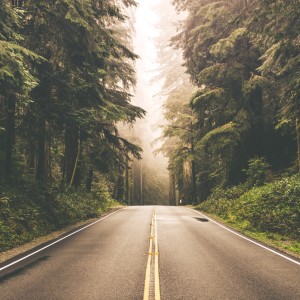

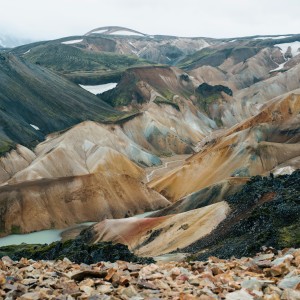
Leave a reply